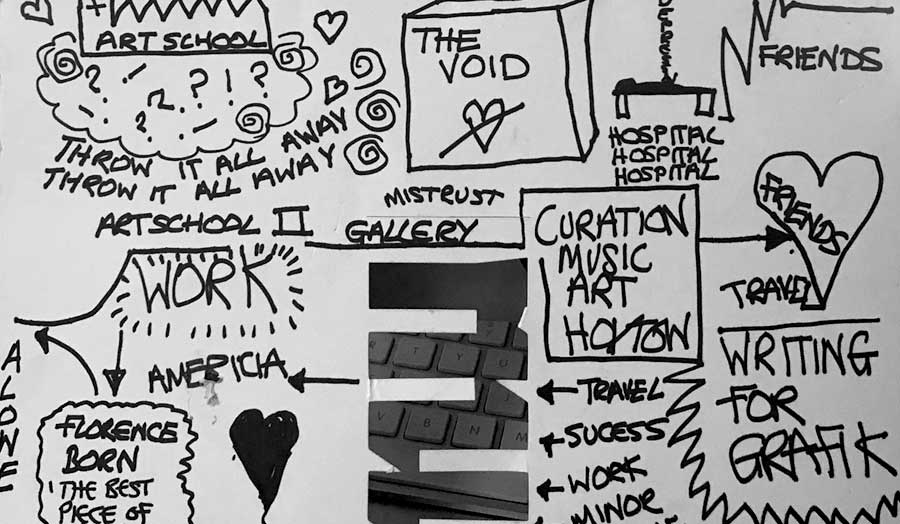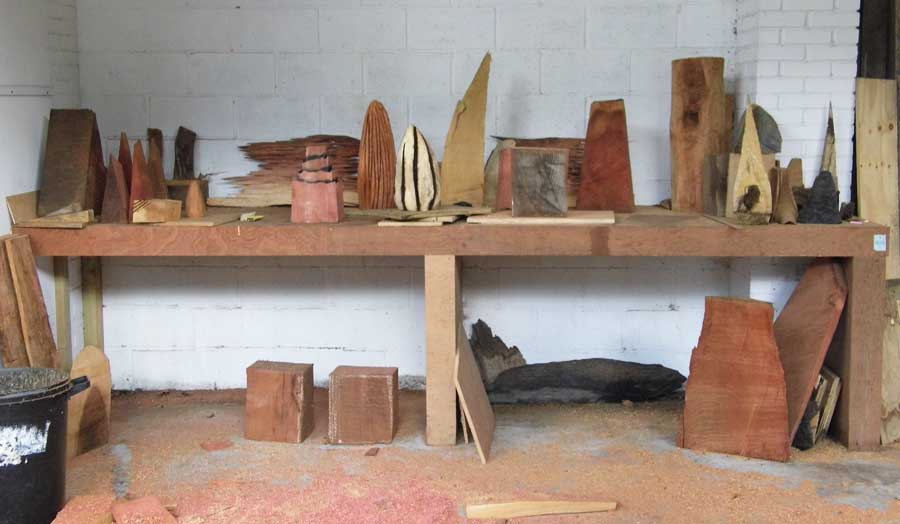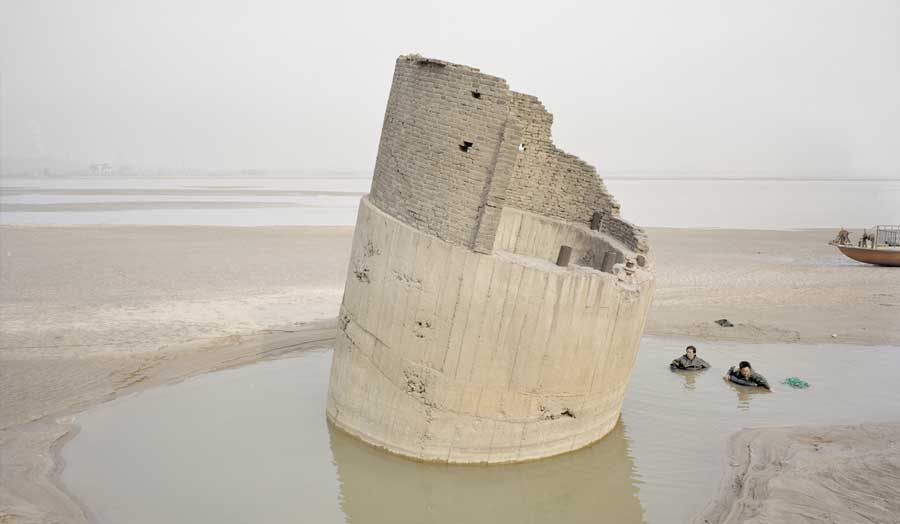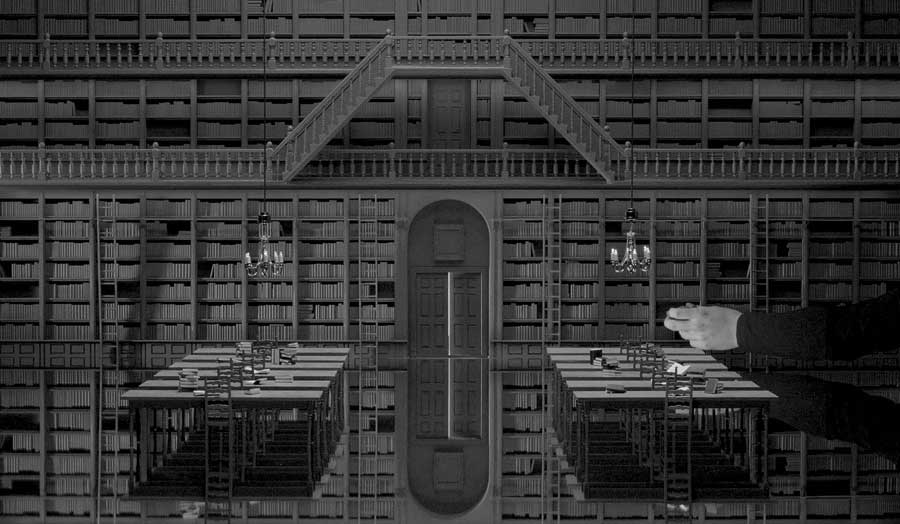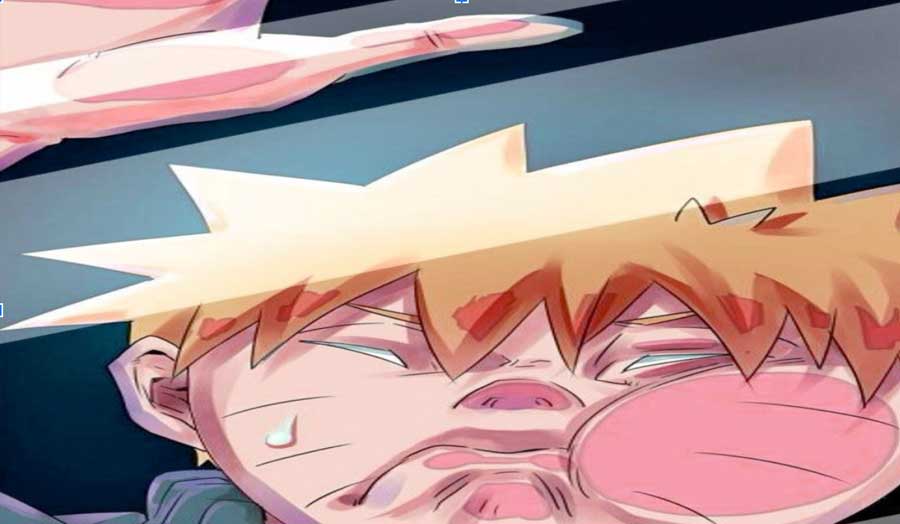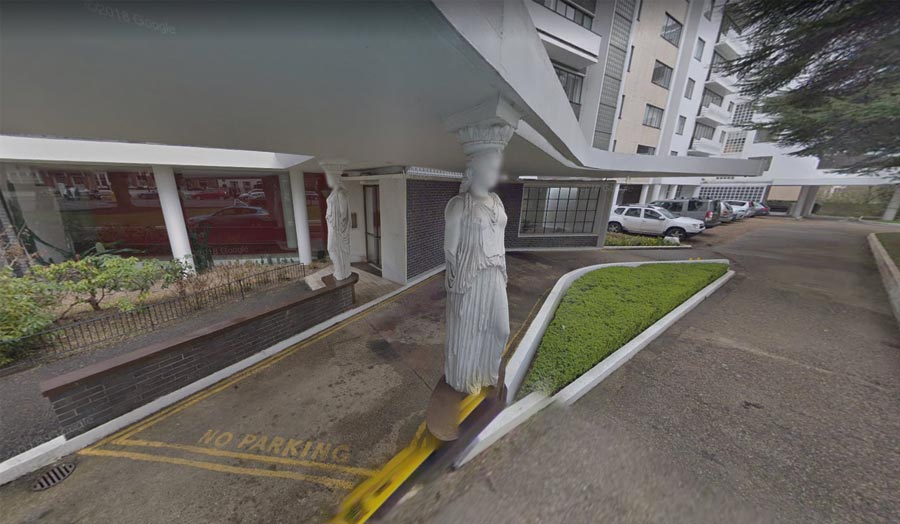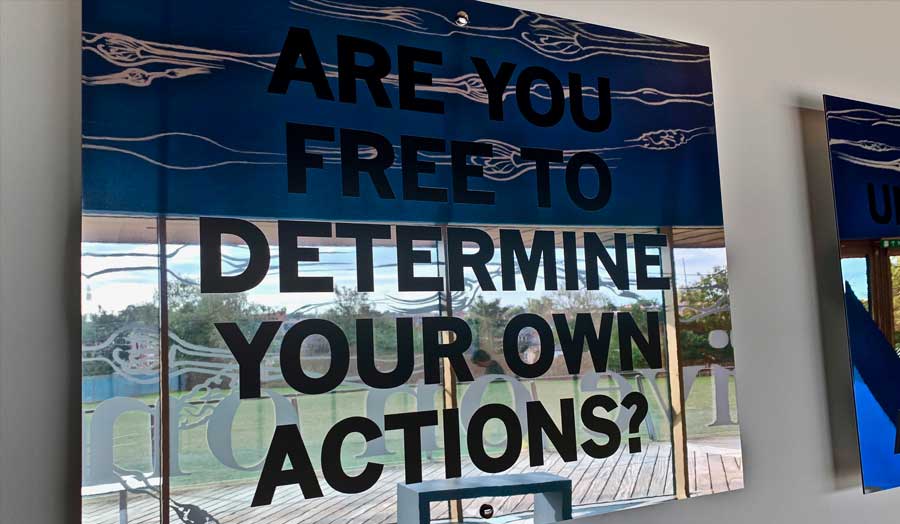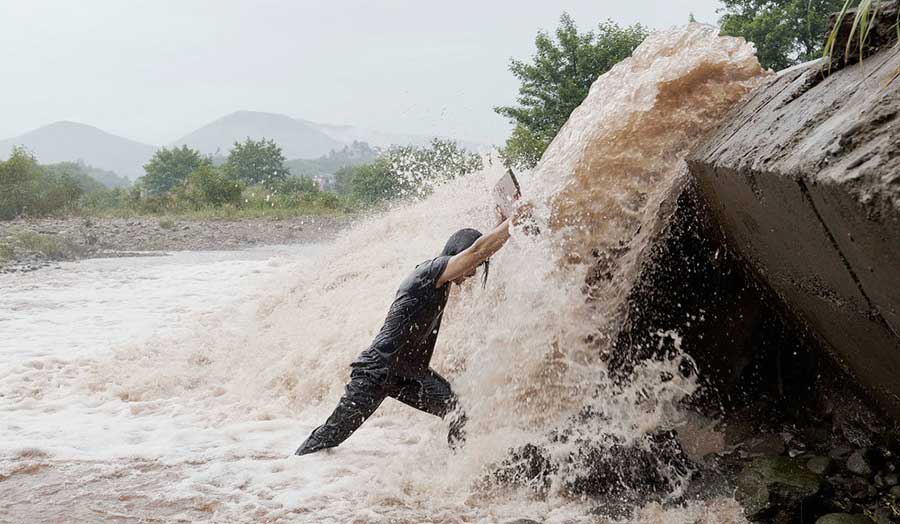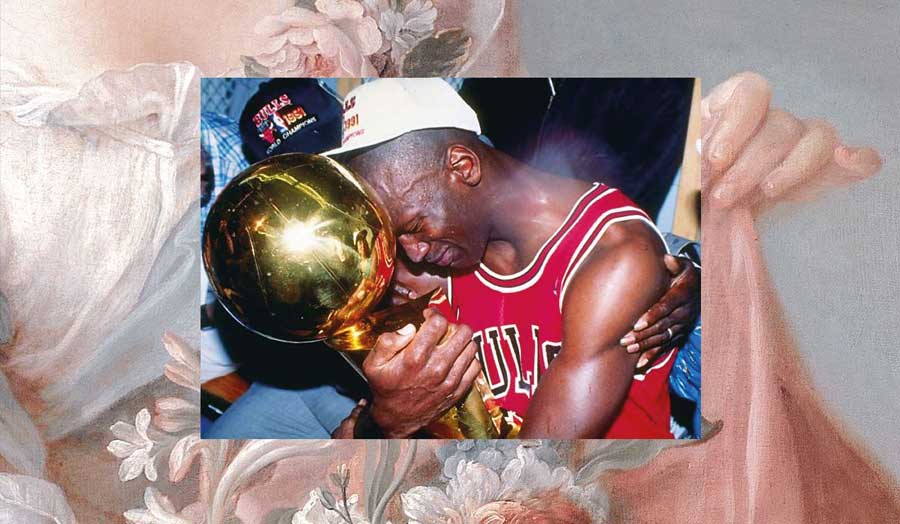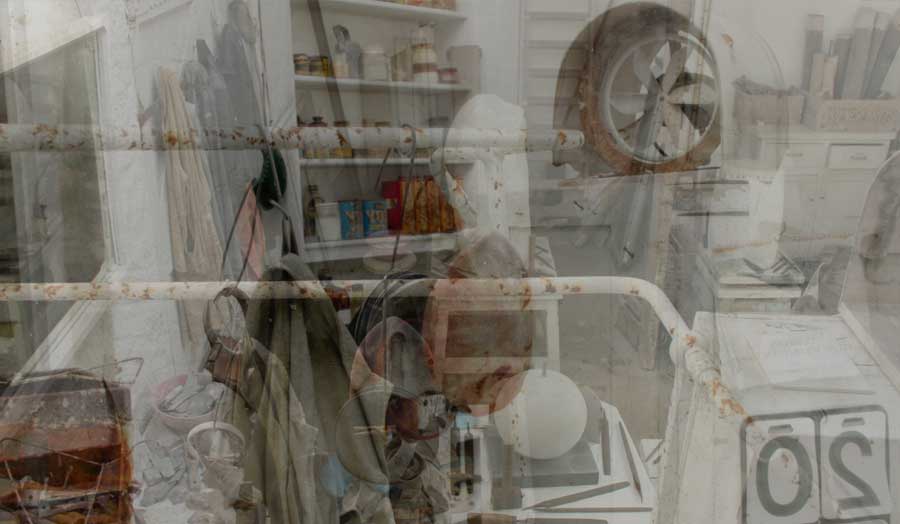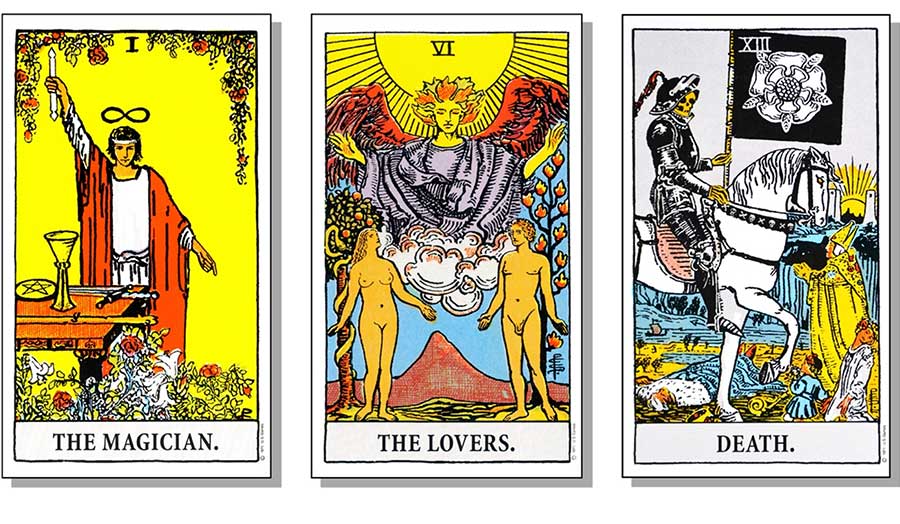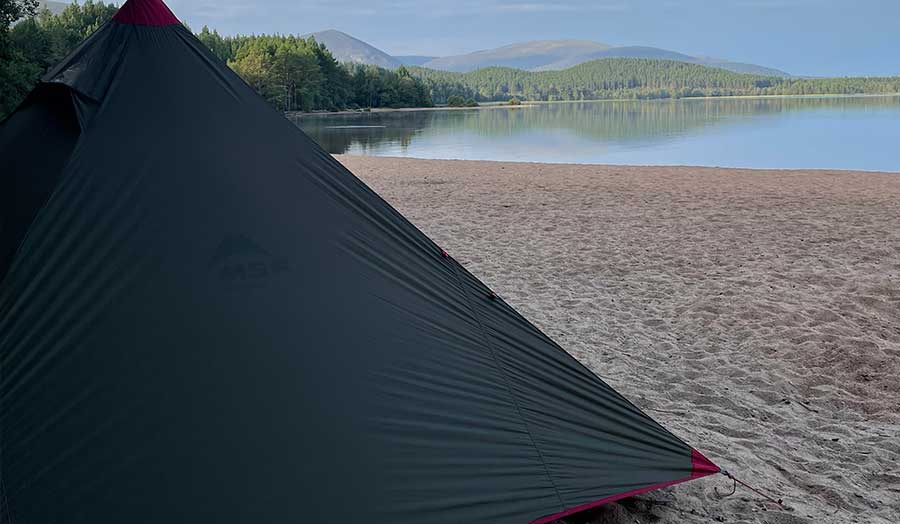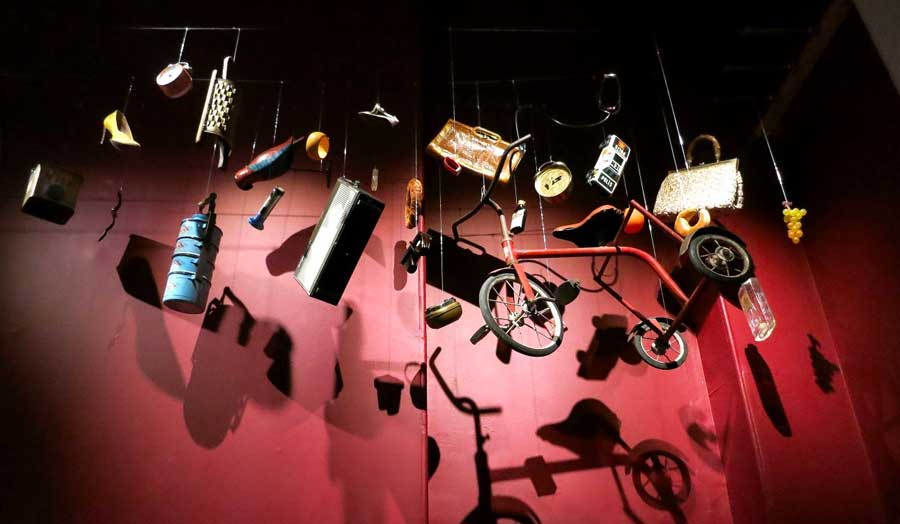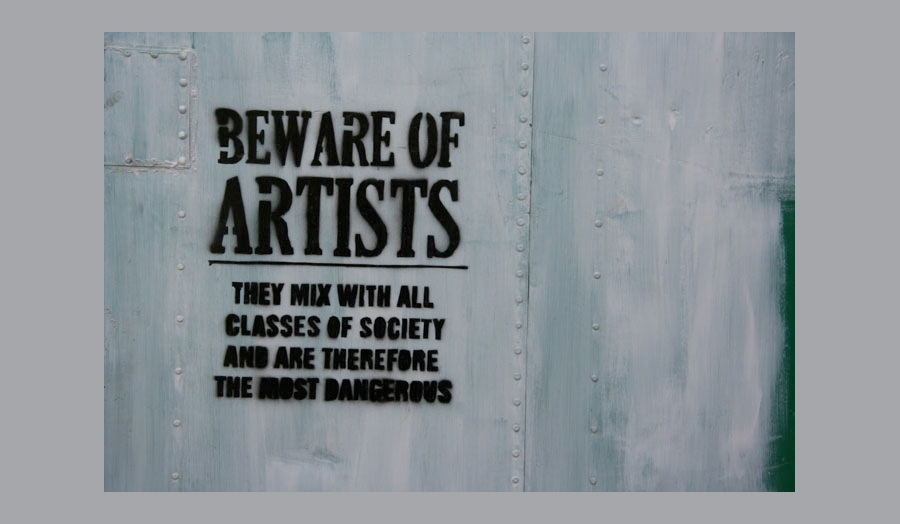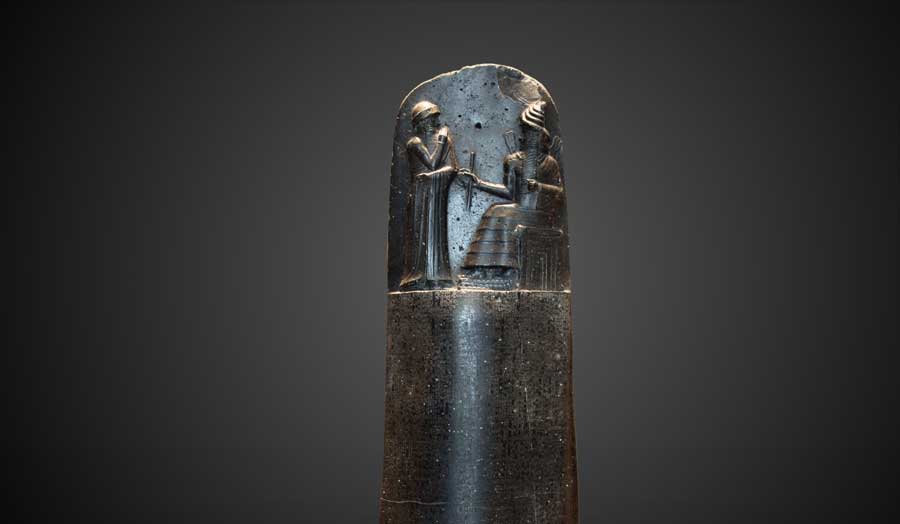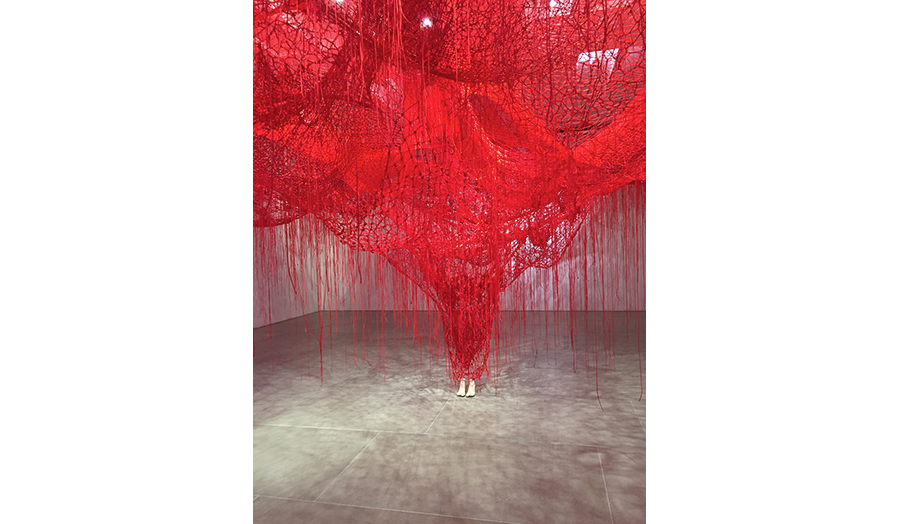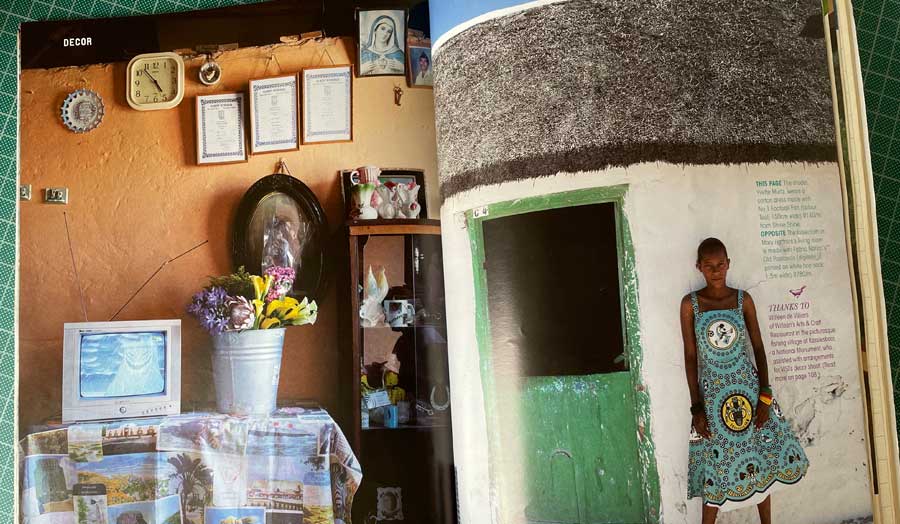Ektoras Arkomanis
Rain has varnished the earth
around the Aniene. Like a voice
of the restless calm, there’s a boy
between piles of lime and bricks
scraping a metal wire over a miserable
barrel-top.
The city’s periphery shakes
in a havoc of distant trucks, and
the useless day comes to an end.
Useless cicadas intone the silence
in the fiery gloom of twilight.
Pier Paolo Pasolini, The Diaries (1950)
Out of a direct treatment of place, whether subjective or objective, emerges another place. It is neither new, nor fixed in time but it has remained unexplored, scarcely documented — piles of lime and useless cicadas. Its histories, myths and rituals have been supressed and need unearthing and retelling, perhaps through different narrative structures, most likely by a newly found voice.
This studio prescribes:
- Descriptions of place based on observation and varied readings
- Engagement with the temporal layers of a place and its histories
- Unlearning and revising these histories, based on the assumption that they are flawed (biased, inadequate, or at least incomplete)
- Reflection on suitable narrative structures, devices and styles for describing place-defining qualities
Readings and references
In preparation you can read these short pieces:
Pier Paolo Pasolini, excerpt from The Diaries, 1950, pp. 143–149. When you read this poem think about what becomes internalised, what the author projects onto the place, and how these elements blend — through the writing — with the existing topography and characteristics.
Saidiya Hartman, Venus in Two Acts, 2008. How to write about something that is not there anymore? In some of her earlier writings, Hartman had approached this problem creatively, filling the gaps with fiction. In this essay, she takes a step back to contemplate the moral limits of interpretation and the raw power of the void.
Patrick Rosal, An Instance of an Island, 2015. The strange parade of words makes it difficult to gauge whether this is a visceral or superficial description. In any case, the poem can be read as an allegory (even though it probably isn’t) of competing systems or beliefs: in the process of setting up ideals, we erase other ideals.
*
Studio image: Paul Klee, Episode at Kairouan, 1920.
-(1)-(1)-(1).jpg)
Details
| Tutor | Ektoras Arkomanis |
|---|

